It’s an unintended consequence that poses a major internal threat to the $70 billion Australian coal exports that are a vital element in our economic recovery from the Covid-19 recession. No matter how many assurances Prime Minister Morrison gives that his transition to net zero greenhouse gas emissions by 2050 will not be at the cost of regional Australia and in the face of threats by his coalition partner the Nationals to cross the floor if mining and other regional industries are not adequately protected, this stable door is already open and the horse has bolted.
Over the past two years, using the Paris Agreement as justification, an activist judge and planning commissioners have, in NSW alone, rejected three significant coal-mining developments whose projected greenhouse gas emissions were listed, if not as the major reason, at least as a factor in their being blocked. Now that there is a formal federal goal of zero by 2050 to add to state ones the activists have been gifted another blank page to fill with their ‘kill coal’ dogma.
Without substantive back-up action, the Morrison and Berejiklian assurances (‘It is important that the State’s action on climate change does not undermine… businesses and the jobs…’) don’t count for a row of beans. With NSW policy requiring consent authorities to take into account any contribution to global greenhouse gasses by a mining development, but then by giving ‘no directive as to whether a mining project must or must not be refused by reason of greenhouse gas emissions’, it leaves the way open to activists on the bench to fill the void with their own anti-coal agenda.
Even worse, the NSW government includes ‘downstream emissions’ (no distinction between whether here or overseas) as a requirement in the consent authority’s assessment. But much of the ‘significant’ or even ‘excessive’ greenhouse gasses attributed to these rejected coal-mining developments are, in the main, not emitted in Australia at all. Instead (and officially defined as ‘Scope 3’) they are in other countries like Japan and Korea that use our coal for steelmaking and energy production. These emissions are accounted for under the Paris Agreement by the countries that actually emit them. That has not stopped judicial and commission climate-change activists determining that these are the responsibility of Australia – and therefore of the applicant project which can be rejected on that ground alone. Governmental indolence in failing to back up its Paris Agreement with regulations establishing what can be counted as Australian emissions has left a vacuum. In NSW, ministers keen to undermine federal colleagues have welcomed this assault on coal.
So under an oblivious government, greenhouse gas emissions by steel mills in Korea and Japan have become a factor in denying approval for what the tribunals have even admitted are ‘economically beneficial’ Australian coal mine developments. February’s rejection by a two-man commission of yet another significant (and even government-supported) project in regional NSW continues an economically damaging trend that began in February 2019 with judge Brian Preston’s absurd NSW Land and Environment Court decision that emissions resulting from overseas use of Australian coal can justify rejecting the development of a local coal mine. He went on to assert that a project rejected because of an unacceptable level of emissions does not become acceptable because the demand for its coal may be met instead by ‘a hypothetical and uncertain alternative development’ also with an unacceptable environmental impact. So a high-quality and relatively low-emitting Australian export coal development can be blocked even if its replacement will be another country’s low-grade, high-emitting polluting product that has a far worse impact on the world environment.
The gospel according to St Preston was repeated later in 2019, with a three- commissioner NSW Independent Planning Commission panel, which, having rejected a mine development application on several other grounds, determined that it also failed because of its contribution towards climate change through GHG emissions – including Scope 3. And in taking over the policy role of government, the NSW IPC agreed with Preston that ‘the exploitation and burning of a new fossil fuel reserve, which will increase GHG emissions, cannot assist in achieving the rapid and deep reductions in GHG emissions that are necessary’. So while the IPC accepted that NSW policy ‘sets no prohibition on approval of new sources of GHG emissions, such as new coal mines’, it backs the activist policy-creating Preston line that there is no role for new mines in Australia that increase GHG emissions anywhere in the world.
The three commissioners also agreed that no matter how relatively small Australian emissions may be in the world’s total, all of the direct and indirect [including overseas] GHG emissions of this project, ‘will adversely impact the NSW environment’ and so should be rejected. The IPC could get away with this nonsense because, as it says, the term ‘downstream emissions’ is not defined in the NSW Mining State Environmental Planning Policy.
So Australian governments, federal and state, have lost control of their own environmental policies by default to unelected courts and commissions. There is an urgent need for a clear and unequivocal set of rules in response to the National party’s nervous questioning of the Morrison zero emissions by 2050 target: ‘how do we get there and who pays for it?’. At present, at least for our third-biggest export earner and source of more than three-quarters of our power, there is nothing to stop activist authorities continuing to fill the vacuum left by governments. On past form this means that much of the burden will be carried by coal and the regional communities it supports.
There’s no doubt about the nature of the vacuum. It was evident in last month’s controversial NSW IPC decision to reject a government-supported extension of the life of the Illawarra region’s Dendrobium mine. The rejection by this two-man commission was based on other issues like water quality and left the emissions issue unresolved, with the IPC having avoided determining the conditions it would have imposed to correct the proposal’s ‘significant’ greenhouse gas problem. And the commissioners then acknowledged that the prescriptive NSW Climate Change Policy Framework aiming at net zero emissions by 2050, only sets policy directions; it does not set emission reduction standards and fails to determine whether overseas or other downstream emissions are to be included.
So under the Morrison and Berejiklian governments’ politically correct, brave new greenhouse-gas-emissions world, unelected and unaccountable judges and commissioners have now been given even greater scope to set their own rules in the economically costly game of killing coal. If only the Nationals had the gumption to replace floor-crossing posturing with effective measures to fix this mess.
Got something to add? Join the discussion and comment below.
Get 10 issues for just $10
Subscribe to The Spectator Australia today for the next 10 magazine issues, plus full online access, for just $10.
You might disagree with half of it, but you’ll enjoy reading all of it. Try your first month for free, then just $2 a week for the remainder of your first year.

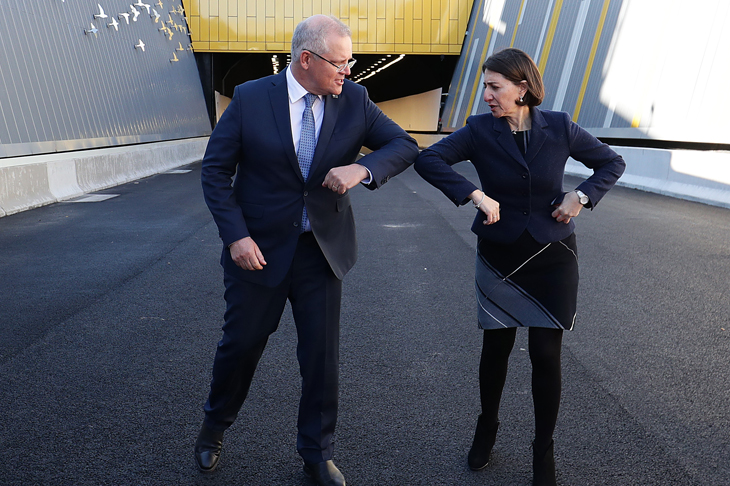
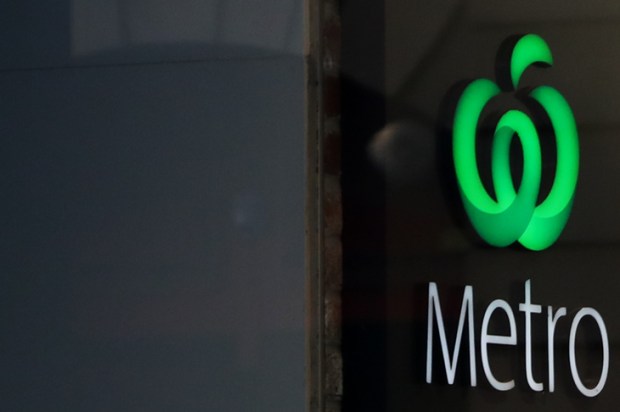
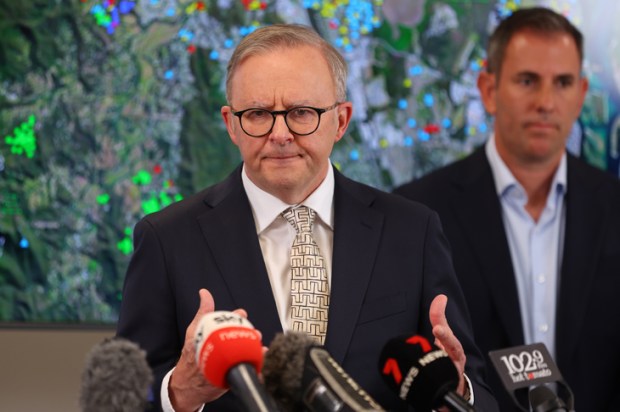
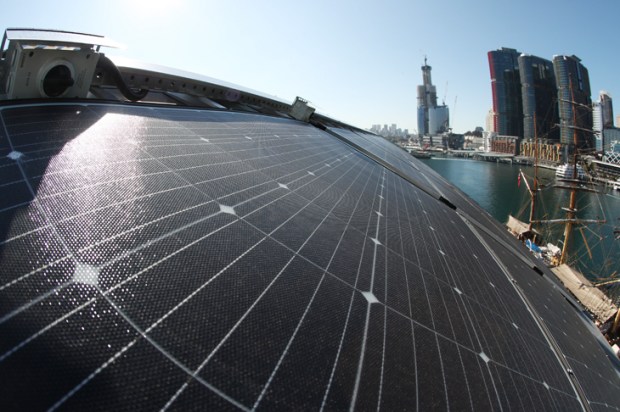

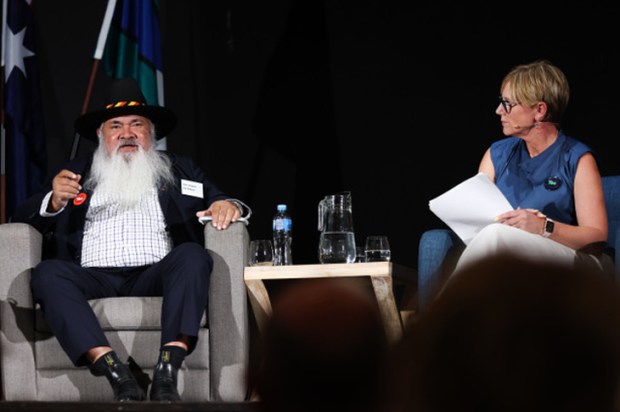
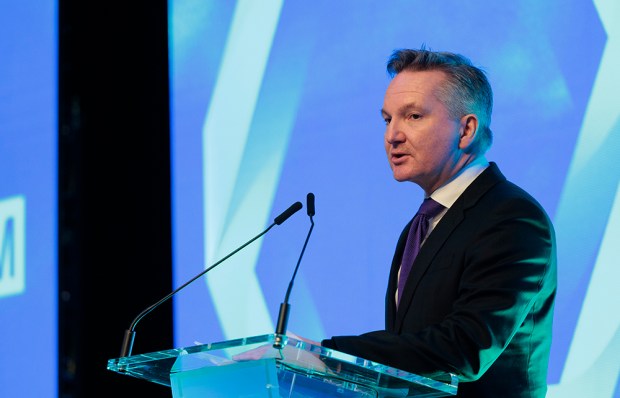






Comments
Don't miss out
Join the conversation with other Spectator Australia readers. Subscribe to leave a comment.
SUBSCRIBEAlready a subscriber? Log in